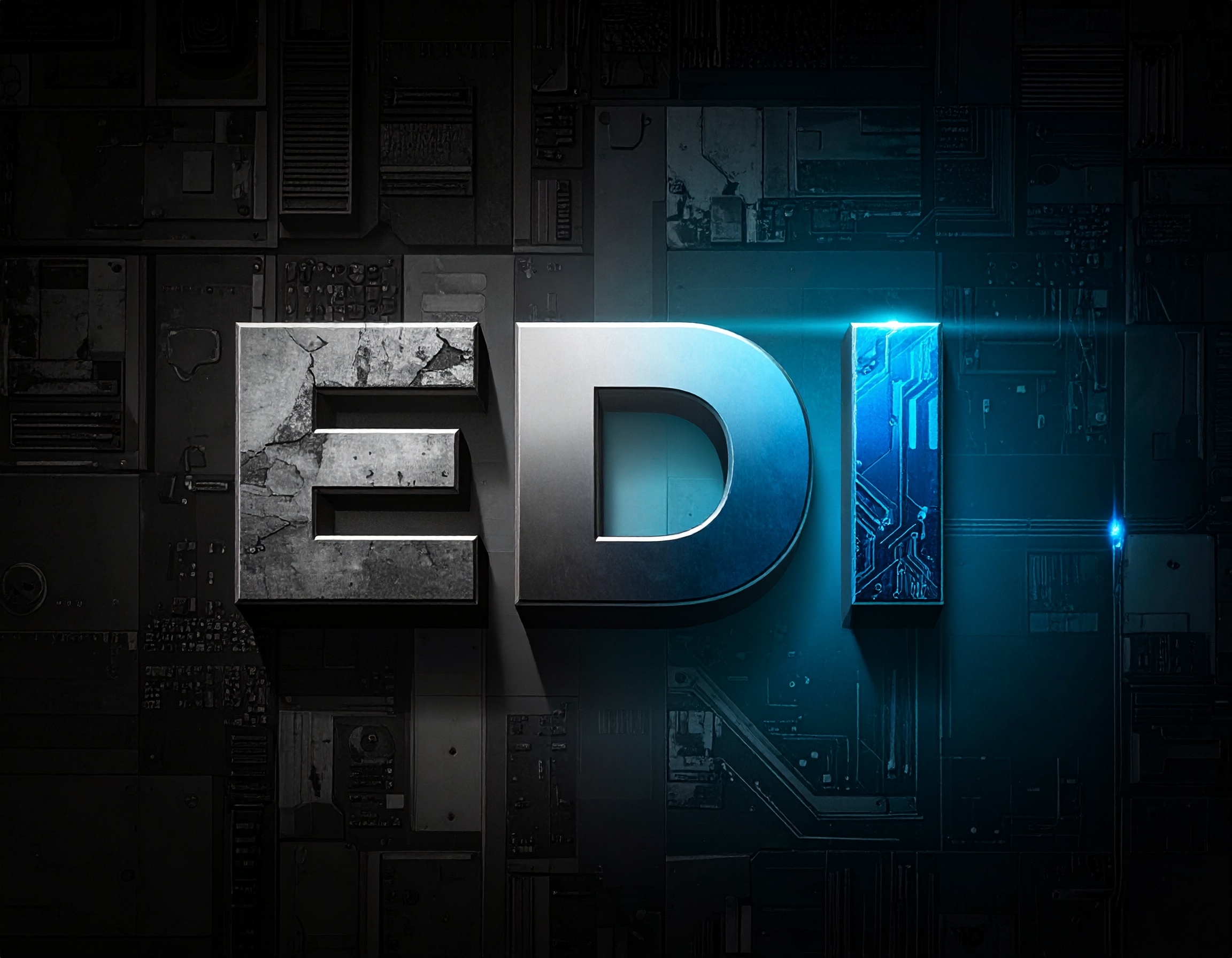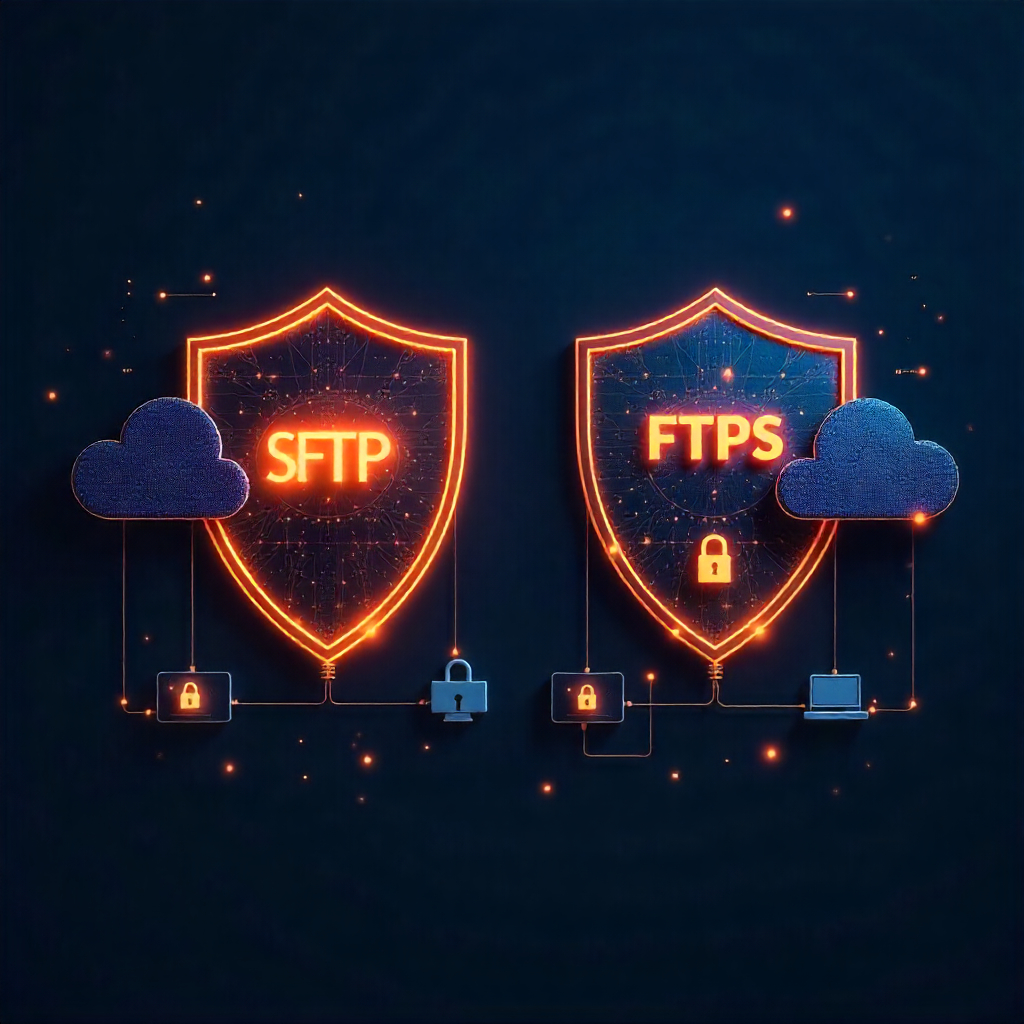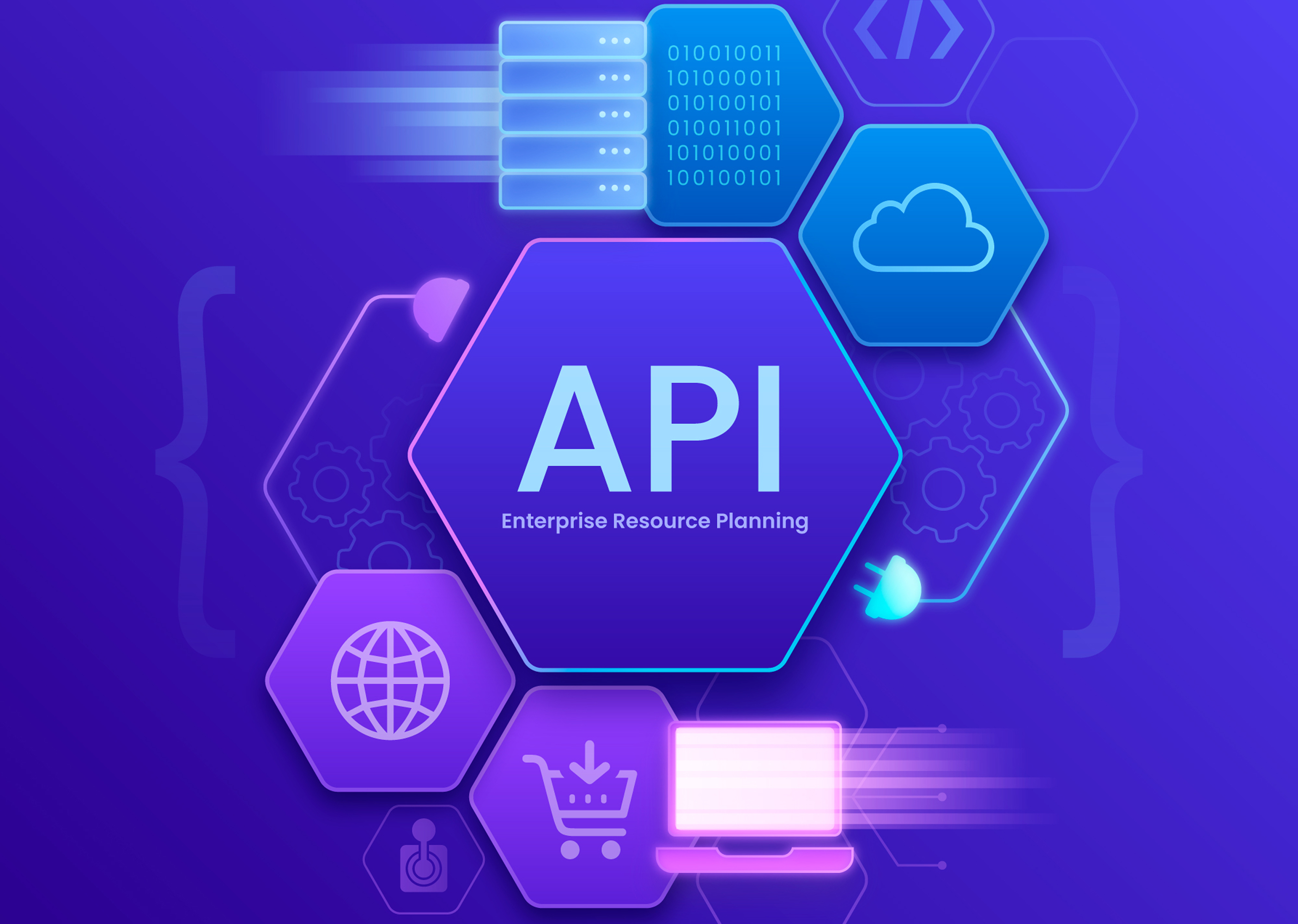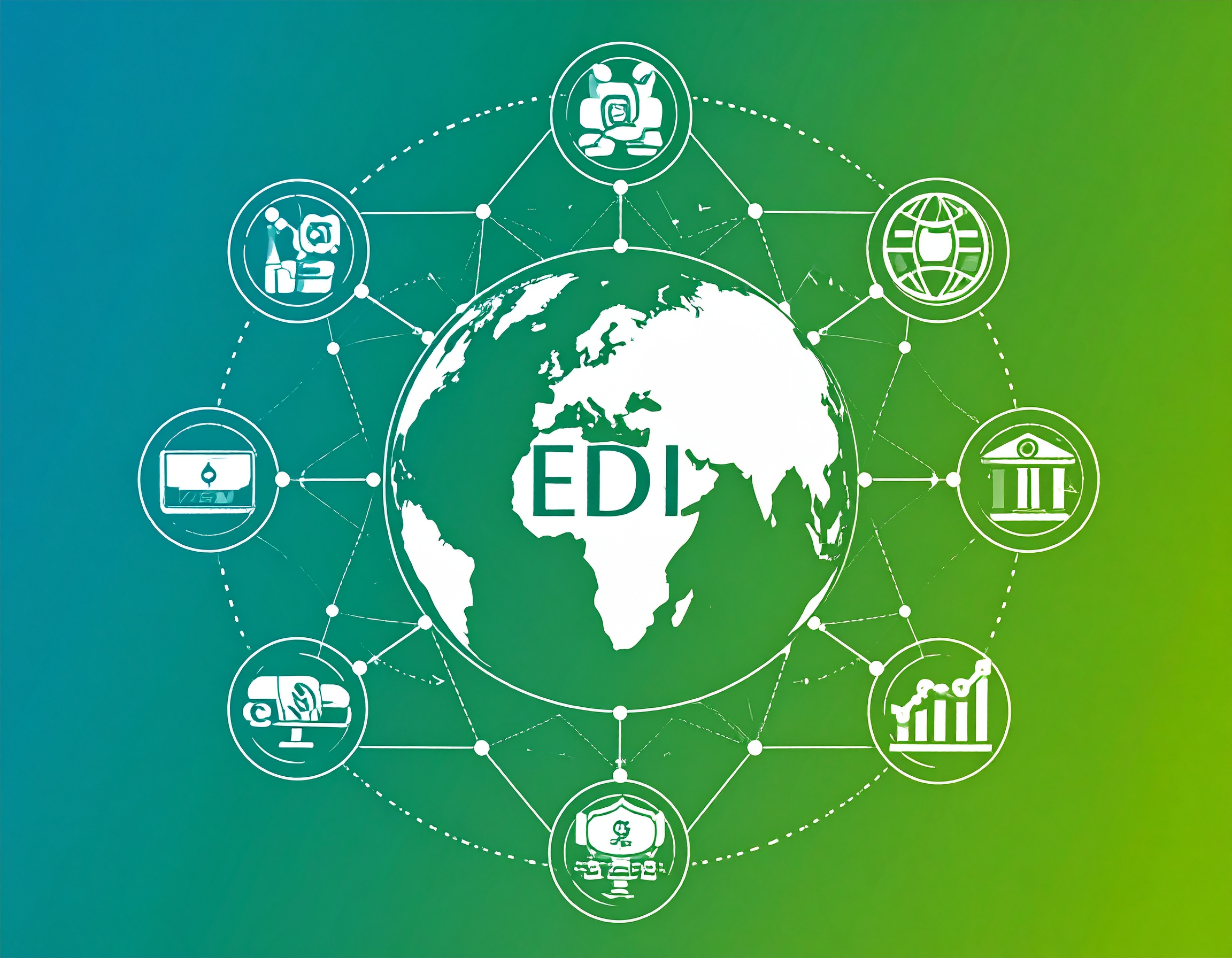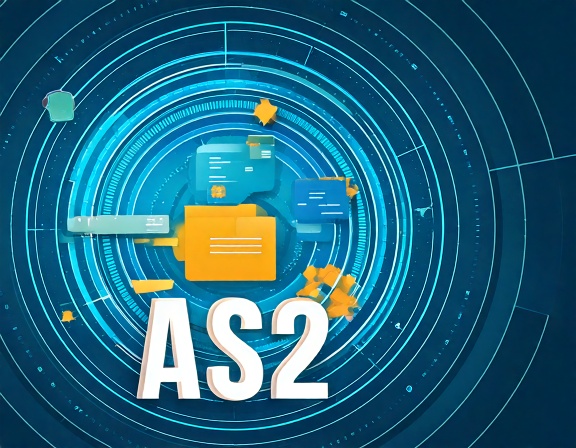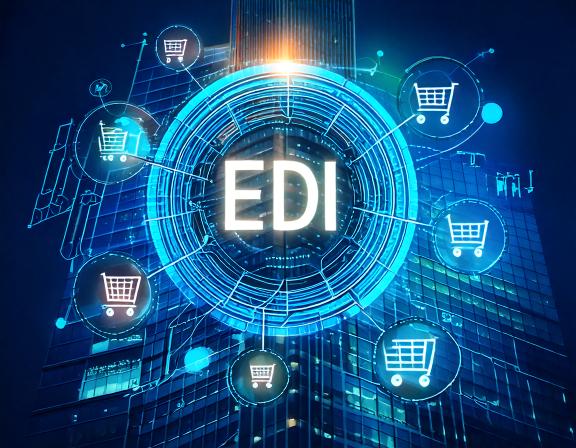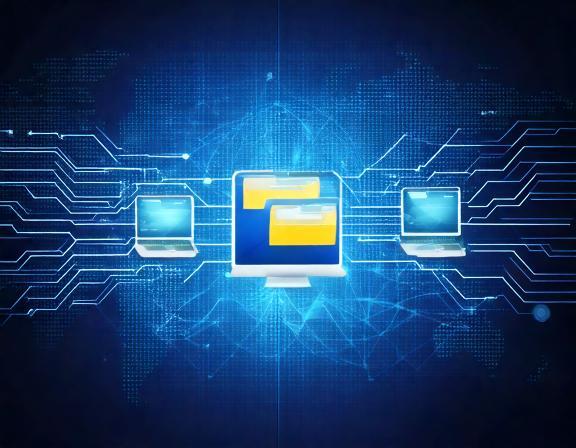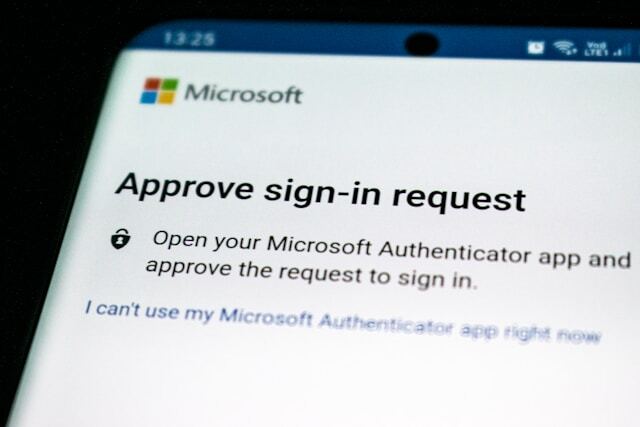MFT Gateway is a hosted Software as a Service (SaaS) solution that enables file exchange over the AS2 or SFTP protocol, without the need to install or maintain.
- Blog
- In-House vs. Outsourced EDI: Choosing the Right Solution for Your Business
EDI
In-House vs. Outsourced EDI: Choosing the Right Solution for Your Business
Compare in-house vs. outsourced EDI to determine the best fit for your business. Explore the benefits, costs, and scalability of each approach to streamline operations.

Sampavi Sriparan
Published: 07 Apr 2025

The modern B2B businesses rely on Electronic Data Interchange (EDI) to establish easy document exchanges between organizations. Organizations must choose between maintaining EDI internally or delegating its management to external service providers when implementing this system. Your choice between in-house EDI management or third-party outsourcing depends on business requirements together with budget constraints and technical skills and scalability needs. This blog examines important factors that will assist you in selecting the best solution for your business needs.
What is In-House EDI?
An organization’s internal Electronic Data Interchange system functions through In-house EDI which requires them to develop their EDI system infrastructure and maintain its operations. Businesses must acquire appropriate hardware and software together with network capabilities to enable electronic document exchange with their trading partners. An in-house EDI system offers complete organisational control over operations because it differs from third-party EDI services that provide integration. The implementation design provides organizations with complete visibility into their data processes and security protocols and their adherence to industry standards.
Advantages of In-House EDI
- Full Control: Organizations maintain exclusive control over both their data security protocols and EDI process setup and operational designs.
- Customization: Companies can adjust their systems to match their unique business needs while connecting them to systems like ERP, WMS and accounting software.
- Faster Modifications: The implementation of changes, updates and optimizations becomes possible for internal IT teams without requiring external approvals.
- Data Security & Compliance: The organization maintains complete control over sensitive business data which stays within its boundaries to fulfill industry-specific security requirements.
Disadvantages of In-House EDI
- High Initial Investment: Implementing EDI systems requires significant l expenditures on hardware infrastructure, software acquisition and qualified IT specialists.
- Ongoing Maintenance & Support: Internal IT personnel need to provide ongoing maintenance for EDI systems while supporting troubleshooting efforts and performing application updates and EDI standard compliance tasks.
- Resource-Intensive: EDI management within the organization requires extensive ongoing monitoring as well as employee training and specialized technical expertise.
- Scalability Challenges: The expansion of EDI capabilities across new partners and transactions often needs more infrastructure plus personnel resources to manage scalability.
- Risk of Downtime: The internal team must respond fast to solve operational problems when system failures or misconfigurations lead to downtime.
Ultimately, the decision to implement in-house EDI depends on a company’s operational needs, budget, and technical capabilities. While it offers full control, security, and customization, it also demands substantial investment and expertise. Businesses that have the resources and technical proficiency to manage an in-house EDI system can benefit from long-term cost savings and increased efficiency. However, for organizations with limited IT capacity, outsourcing EDI to a managed service provider might be a more practical solution.
What Is Outsourced EDI?
Businesses can delegate their entire EDI system implementation and support to external service providers through outsourced EDI. Businesses choose to use third-party EDI service providers who operate an external system to manage their electronic data exchange operations. The provider establishes faultless communication connections with trading partners while overseeing standard compliance requirements and providing continuous service. Organizations can utilize EDI functionalities through external provider services which eliminates the requirement for dedicated in-house expertise and infrastructure expenses.
Advantages of Outsourced EDI
-
Lower Upfront Costs, Predictable Pricing: In-house EDI system implementation demands both substantial software expenses and hardware investments as well as specialized personnel. Outsourcing offers customers a cost-effective subscription model which avoids the need for expensive setup costs.
-
Faster Implementation & Partner Onboarding: Your business can quickly launch EDI operations through outsourcing because providers bring pre-made solutions along with established partner connections. Quick business collaboration with new trading partners becomes possible through outsourced EDI provider services which remove technical barriers and delay risks.
-
Ongoing Compliance & Security Management: The EDI regulations and security standards undergo regular changes. External EDI providers support compliance updates and data encryption and security so your transactions adhere to industry standards while relieving your IT team from additional responsibility.
-
24/7 Support & Proactive Monitoring: The responsibility for addressing EDI issues such as errors and connectivity and downtime rests with internal teams when the organization manages EDI internally. Service providers who handle outsourced EDI operations provide continuous monitoring together with constant support which minimizes operational disruptions while ensuring optimal business flow.
-
Scalability Without Infrastructure Upgrades: Business expansion will lead to increasing EDI requirements. The process of expanding an in-house solution demands new server equipment, improved network bandwidth and enhanced IT personnel. EDI solutions under outsourced management can easily scale to handle growing transaction volumes without bringing extra costs to the organization.
-
Focus on Core Business, Not EDI Management: The main business responsibilities should take priority instead of dealing with EDI management tasks. A company that maintains its own EDI system will redirect important IT personnel and resources from critical business projects. The internal team will concentrate on strategic objectives through outsourcing since experts manage EDI technical aspects.
Disadvantages of Outsourced EDI
- Less Control: Businesses must depend on their providers for all system modifications as well as updates and data handling.
- Customization Limitations: The ability to customize the EDI system according to specific business requirements might be constrained by what the provider can handle.
- Dependency on Provider: Operations at the business may slow down whenever the provider experiences system outages or provides delayed services.
- Ongoing Subscription Costs: The ongoing expenses linked to subscription costs become substantial because businesses pay fees on a monthly basis or per transaction basis.
- Security Concerns: Business data security becomes a concern because third-party management involves trusting the provider to handle sensitive information while maintaining appropriate security standards.
A company requires evaluation of operational needs and financial capabilities and technical capabilities to select an EDI solution. Companies that develop their EDI system gain control and security features while having customization options but need substantial financial resources and advanced technical abilities. Managed service providers offer EDI solutions as a better and more economical alternative which removes responsibilities for infrastructure maintenance as well as compliance management and ongoing updates. Organizations with constrained IT capabilities can achieve better implementation speed and lower expenses along with expert assistance by selecting outsourcing which represents their most sustainable choice for growth.
Conclusion
An organization’s capacity along with its technical capability and planned future moves determines whether to select internal or external EDI development. Enterprises which maintain an internal IT department together with infrastructure and maintenance capabilities can effectively manage the implementation of EDI software on-site. The high expense combined with complex technology and non-stop compliance duties establishes in-house EDI as an ambitious yet difficult to manage strategy.
Most organizations achieve better results by outsourcing their EDI functions. Companies that outsource their EDI operations to managed providers obtain cost savings alongside speedy deployment together with regulatory compliance benefits alongside limitless growth potential while eliminating infrastructure responsibilities.
The EDI Generator provides a fully managed EDI solution by maintaining a secure platform with scalability for easy EDI processing. Explore EDIG today and simplify your EDI operations!

Talk to an EDI Expert
Join hundreds of organizations already taking full control of their B2B AS2 communications with our trusted solutions. Contact us today to tailor a solution that fits your specific AS2 EDI needs.
Related Articles
View All BlogsExplore our product stack
Try before you buy with a 30-day Free Trial
No commitment, all value. Try the AS2 Solution Risk-Free and discover how our solutions can transform your business workflows. No credit card required.
Explore Your Possibilities
Elevate AS2 Communications with our EDI and AS2 Solutions
See how our AS2 and EDI solutions can simplify your integrations, boost efficiency, and keep you compliant—request a personalized demo today.















